Located in the Grampians region of Victoria, Australia, The Grampians National Park is a 167-hectare park and is situated between Stawell and Horsham on the Western Highway and Dunkeld on the Glenelg Highway. The park is a series of sandstone mountain ranges and a forest rich in wildlife; making it a great venue for scenic drives, climbing, camping and bushwalking.
Whether you’re a wine aficionado, food lover or outdoor explorer, the Grampians region has an adventure waiting for you. With diverse areas to explore and stories to uncover, your paths for discovery are endless.
Before Your Trip
- Research – Use guidebooks, topographical maps, get advice from experienced bushwalkers or contact The Visitor Centre in Halls Gap.
- Understand the environment you are visiting and the risks that you’re going to take.
- Plan for the unexpected – you might experience extreme weather or even bushfires, so plan also for medical emergencies and what to do if something goes wrong.

Book Campgrounds and Hiker Camps
It is advisable to book ahead, as many campgrounds require to do it and they can be popular and book out in peak seasons.
Register Your Trip
- There’s an obligatory ‘Trip Intention’ registration system for all hikers who are planning for an overnight stay in the Grampians National Park.
- Your Trip Intention Form needs to be lodged in advance before your hiking day.
- Make sure that your group will not exceed 16 people.
Be Safe, Be Prepared
- Know your limitations – Plan your trip according to your experience and abilities.
- Make sure that everyone is carrying at least 3-4 litres per person per day. During summer and autumn, water in creeks is not available.
- Bring enough food for the entire trip, plus extra in case of an emergency.
- Choose clothing that’s best for a wide range of weather conditions; including waterproof a rain jacket and pants, as well as warm layer clothing.
- It’s advisable that everyone should carry a compass and the latest topographic map – and know how to use them.
- Wilderness First Aid – Bring a first aid kit that you can use in a wilderness environment. It’s good to be prepared, as when unfortunate events occur, help might be a few hours away. Everyone should be self-sufficient and be capable of giving first aid.

Know The Weather
Before your trip, it’s very important to check the latest weather conditions, as total fire bans can occur in summer and autumn. It’s better to bring a small radio or mobile phone to check the weather conditions while you’re out. Weather conditions can differ during year, but be prepared for both extreme heat and cold weather.
- Summer – During this season, most creeks don’t have water. The temperature can reach up to 40 degrees Celsius with the possibility of extreme heatwaves and bushfires.
- Autumn – This season is typically dry, and most creeks still have no water.
- Winter – Cold and wet conditions are common during winter. Some parts may get snow with sub-zero temperatures during the day and overnight. Streams and creeks do have water.
- Spring – The best season to go overnight bushwalking.
Minimal Impact Guidelines
- Stay on the track and beware of trampling vegetation.
- Whatever you brought to the site, carry it out. Don’t leave, bury or burn it.
- Leave no trace.
- Use the toilets if there’s any, otherwise dig a hole 15-20 cm. deep, 100 meters away from water sources, walking paths, and campsites. Make sure to put the hole with soil.
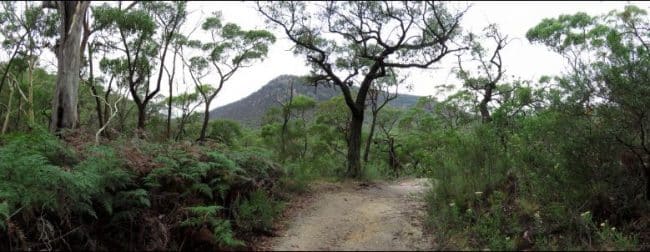
Stay Safe – Be Fire Ready
- There’s a high risk of fire in the Grampians National Park, so make sure that everyone knows about the code. The highest fire danger rating is Code Red and everyone in the park should leave the park during the days of Code Red Fire Danger, as the park will be closed for the safety of everyone.
- If you’re already in the park when fire the fire is happening, you should leave as soon as possible.
Walking Track Conditions
- Due to bushfires, storms or other environmental events, walking conditions may change.
- Make sure to always check the current conditions during registration.
- Be careful as there are high cliffs and steep slopes in the Grampians
Campsites and Campgrounds
- Camp only on designated areas and established campgrounds.
- Use only fuel stoves. Campfires are not allowed in bush camps.
&
There you go! Camping in the Grampians is definitely one of the most breathtaking escapes from Melbourne. I hope that these tips help you on your next camping in the Grampians. What’s your favourite camping experience? Share it with us in the comment section below.




















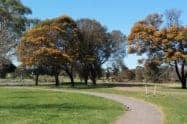
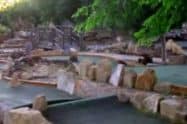
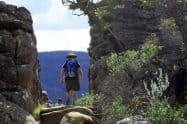
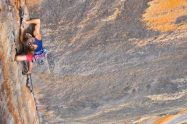
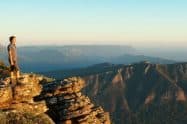
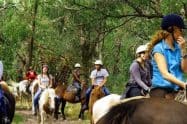
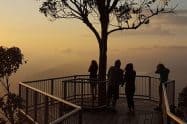



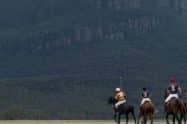

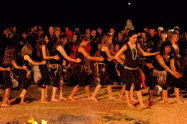


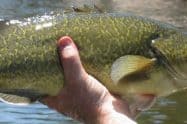
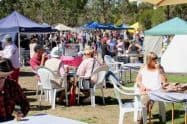



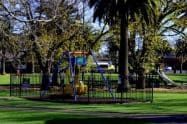

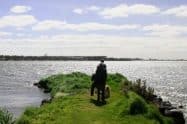
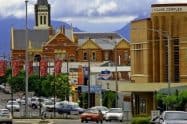
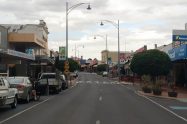
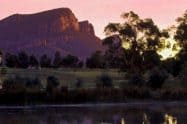
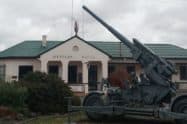



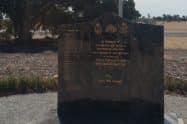












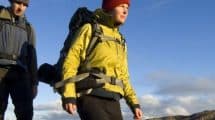
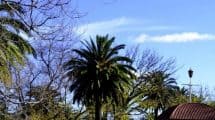
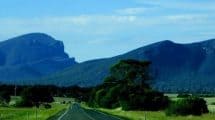
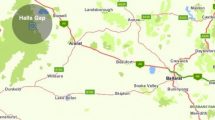

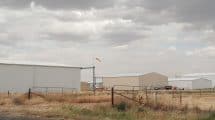
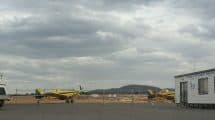
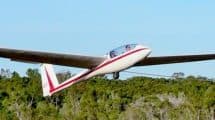
Do You Have a Question to Ask?